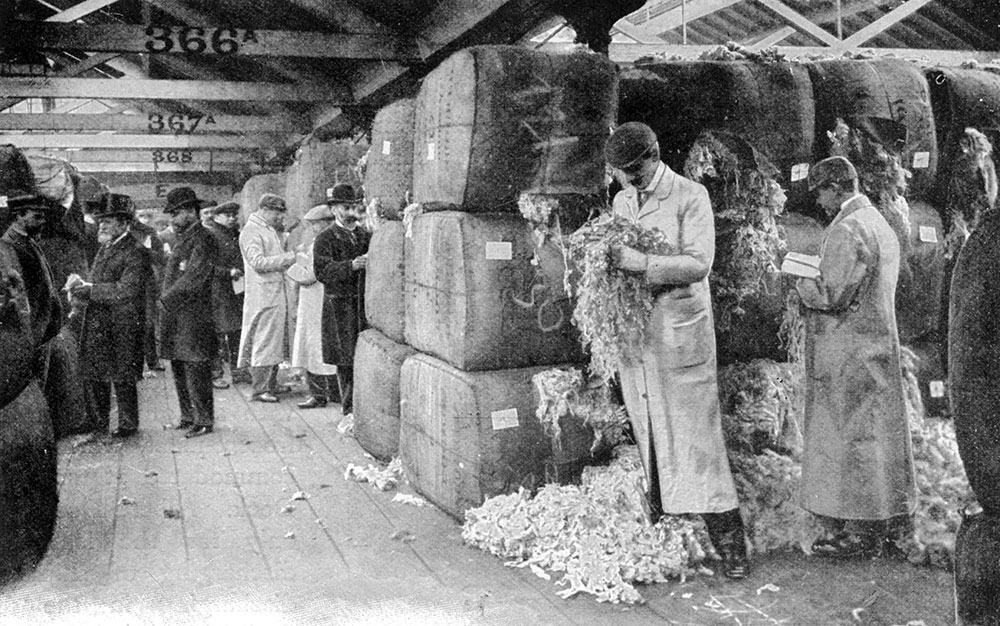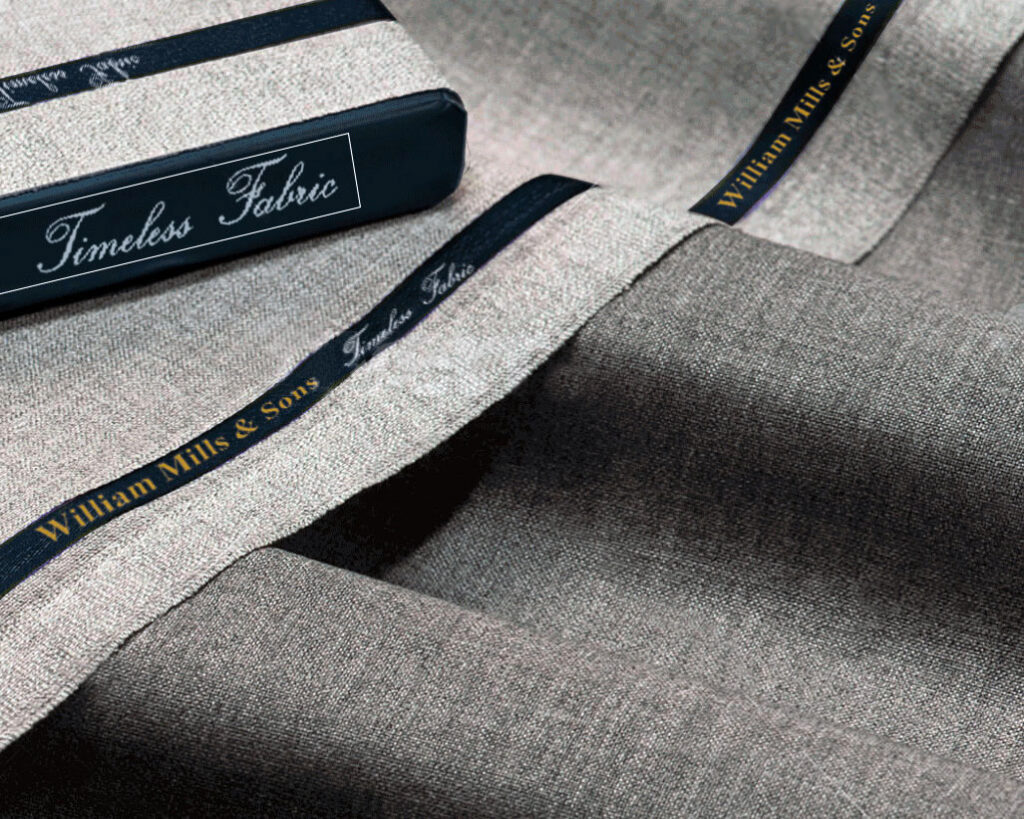The history of William Mills & Sons
Our roots go back to the transition between the end of the nineteenth century and the beginning of the twentieth centuries, when Sir William Mills decided to open a textile factory.
In the eighteenth and nineteenth centuries, wool weaving was the most important manufacturing industry in England, and the work was carried out mainly by rural labourers, to whom English merchants turned to for the purchase of fabrics.
However, there were three major inventions in the second half of the eighteenth century that brought real progress to the textile industry:
- The spinning jenny by James Hargreaves in 1770,
- The water frame by Richard Arkwright in 1769,
- The spinning mule by Samuel Crompton in 1779.
These three cotton spinning machines significantly increased the production of yarn and improved the quality of the product compared to hand spinning manual process.


The discovery of the mechanical loom
Sir William’s passion for golf, a sport he played regularly, led him to learn about Edmund Cartwright’s invention of the mechanical loom during one of his training sessions.
Although mechanical weaving was still in its infancy due to the speed of the process, which was prone to the breakages of threads, Sir Williams saw great potential in this field.
In 1876, he founded his own textile company called “William Mills Fabrics” and patented his innovative mechanical look, which radically changed the way textiles were produced in England.
This mechanical loom was powered by the energy produced from steam engines. Thanks to its high quality, Sir William’s factory, located in the heart of Birmingham, became a leading manufacturer in its field in the twentieth century.
The “William Mills & Sons” brand
With the second and third generation of the family now running “William Mills & Sons”, the company began to distribute its superfine fabrics worldwide, using the very best extra-fine micron wools.
The objective was to create a family of outstanding high-quality fabrics, capable of guaranteeing maximum functionality in terms of wrinkle resistance and durability, always focused on the needs of the sartorial clientele.
